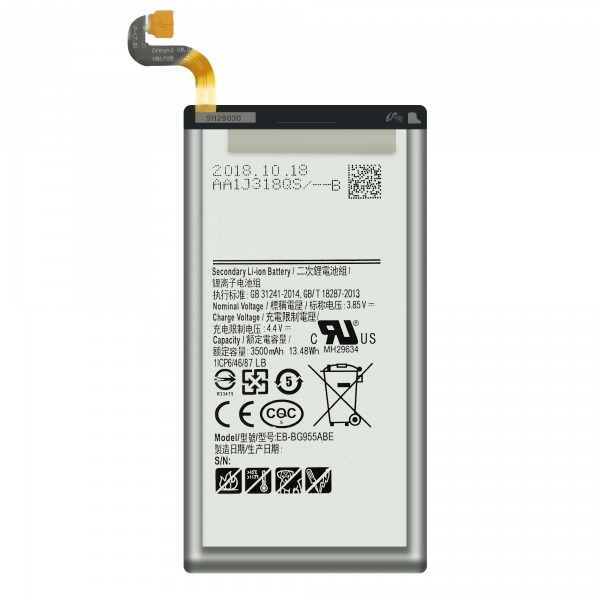
Samsung to Bring its EV Battery Tech to Smartphones: Report

Image: Samsung SDI
South Korean battery manufacturer Samsung SDI is looking to apply its electric vehicle (EV) battery production wisdom to smartphone batteries — reports The Elec.
Samsung SDI supplies EV batteries to several automakers, including BMW and Stellantis. The battery maker even vied for contracts from Tesla last year when it produced samples of the EV maker’s new 4680 battery cells.
Samsung’s battery production subsidiary wants to port the ‘stacking’ method it currently uses to make its Gen 5 EV batteries to the production process for its smartphone, tablet, and consumer electronics batteries. This technique requires battery materials to be stacked on top of each other.
The stacking method makes better use of available space inside a battery while also increasing total energy density.
Currently, Samsung SDI uses the ‘winding’ or ‘jellyroll’ production technique for smartphone batteries, which rolls the cathode, separator material, and anode together. Winding is convenient for battery production, but it leaves a fair bit of space inside the battery for the materials to swell after extended use.
Smartphone makers want to make their devices smaller, not larger. Not being able to use the entirety of the space they have to work with and not being able to increase the overall size of the battery either has led to a stalemate with manufacturers like Samsung not being able to increase the capacity of these batteries.
If Samsung can adapt the stacking method for its smartphone batteries, the company could see an increase in energy density of over 10% for its small batteries. Stacking requires additional equipment, like notching, and for existing production lines to be overhauled, though.
Samsung is already working on retasking its M Line (which consists of 12 battery production lines) at its Cheonan plant in South Korea to use the stacking method, sources told The Elec.
In addition, the company has already built a pilot line that uses the stacking method at its factory in Tianjin, China, but that production line is strictly for testing.
The Elec theorized that this move may be an attempt to win back orders from Apple, which currently uses a multi-cell structure for its iPhones that connects multiple batteries (hence the L-shaped batteries we’ve seen in recent generations) to boost total capacity.

